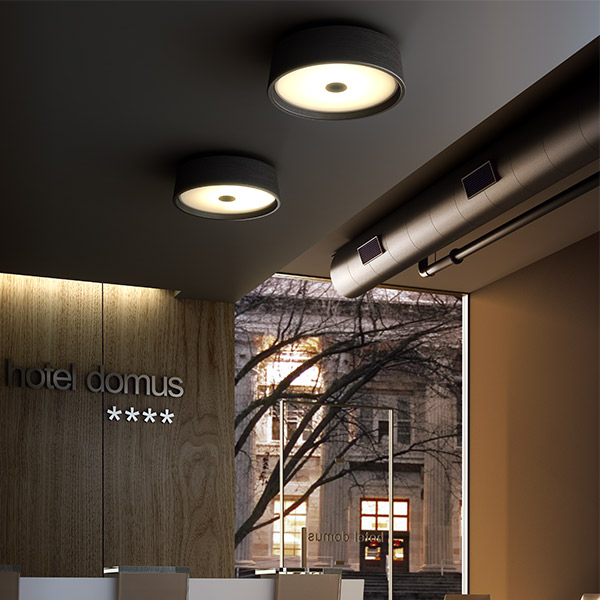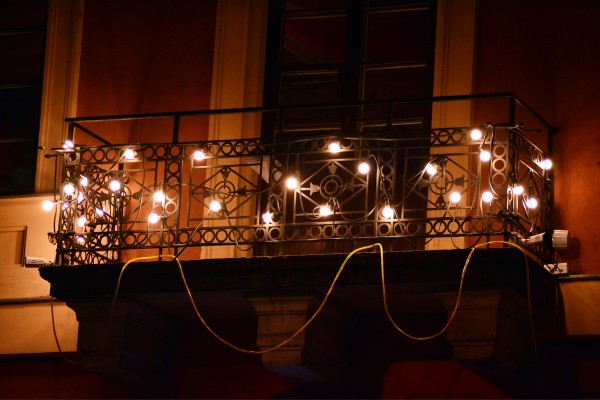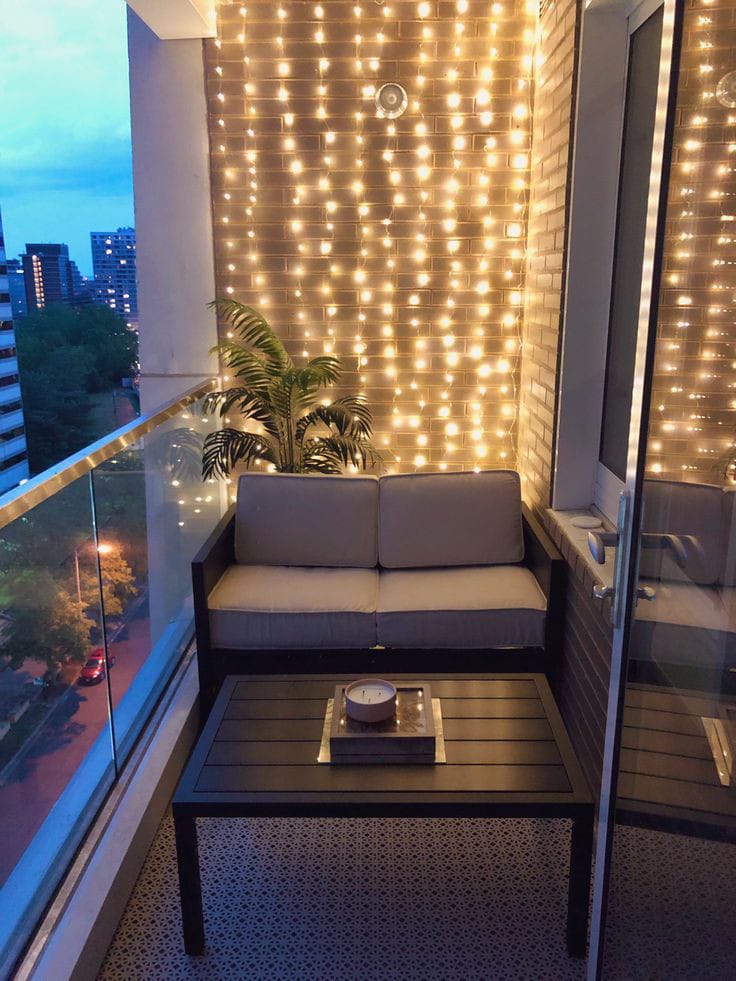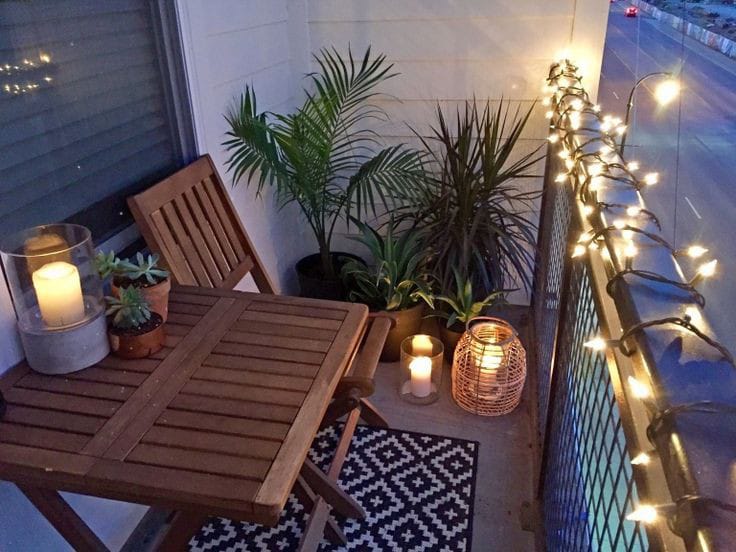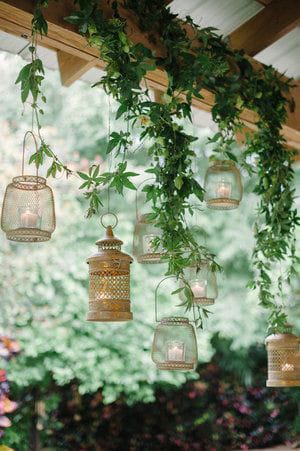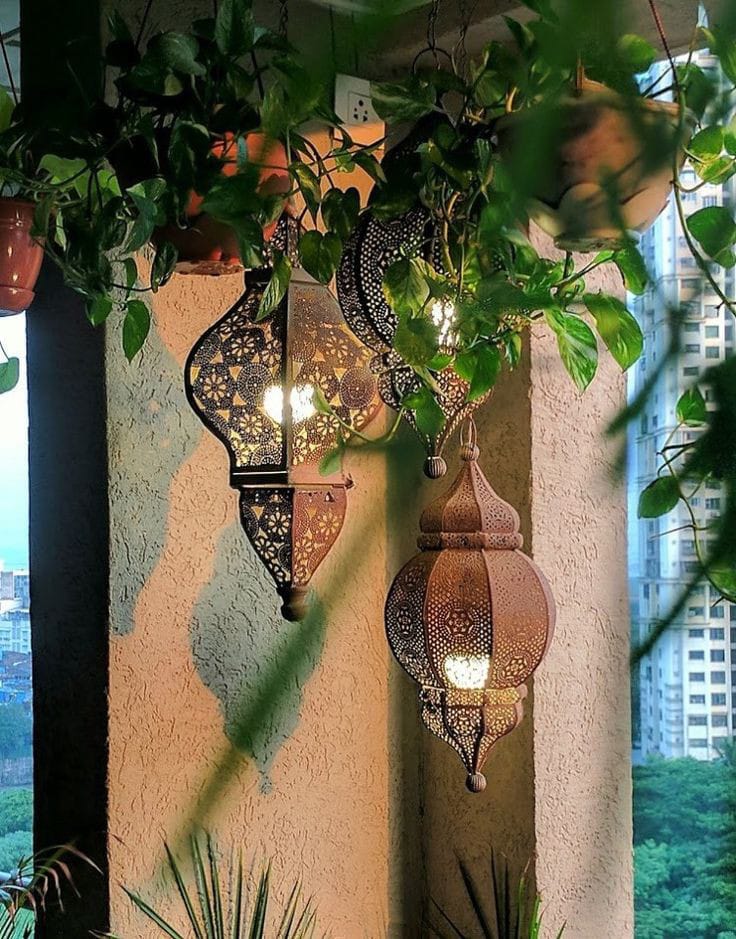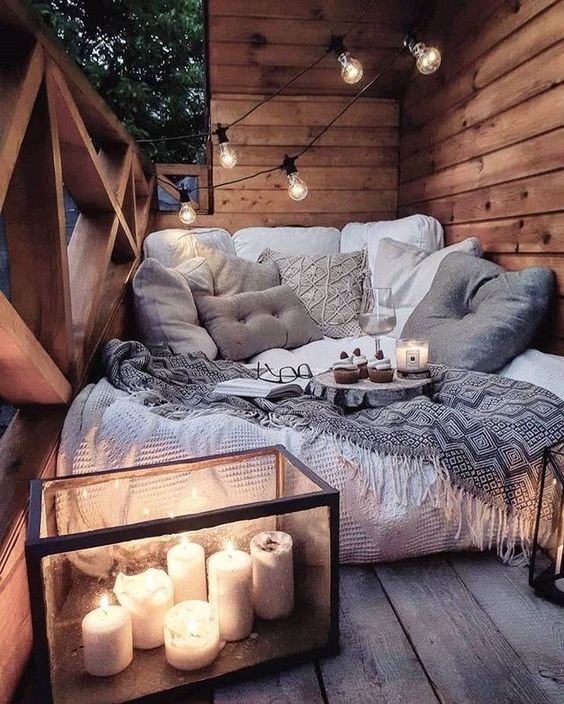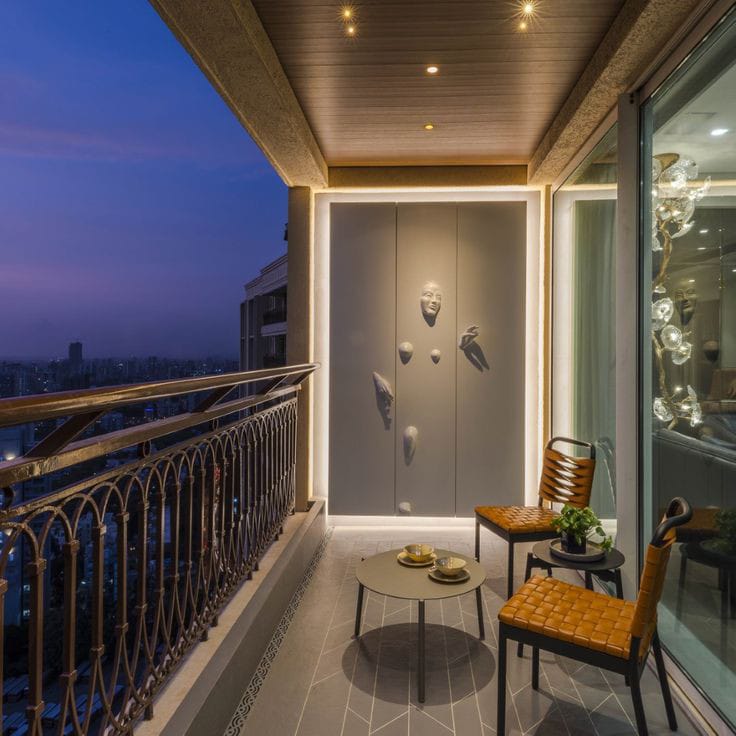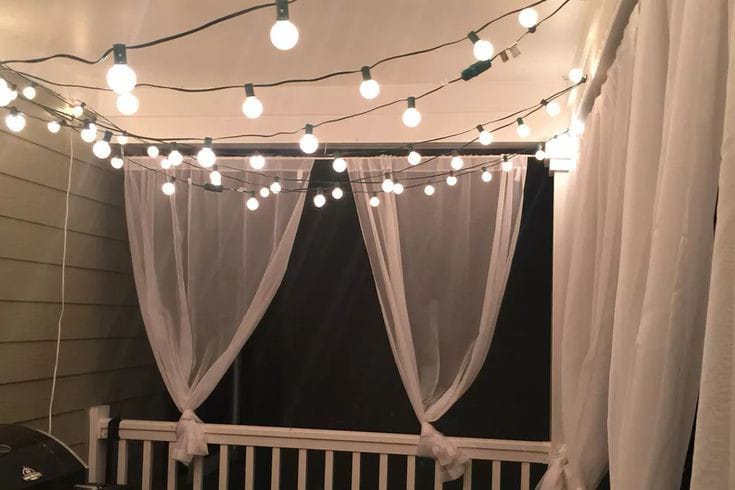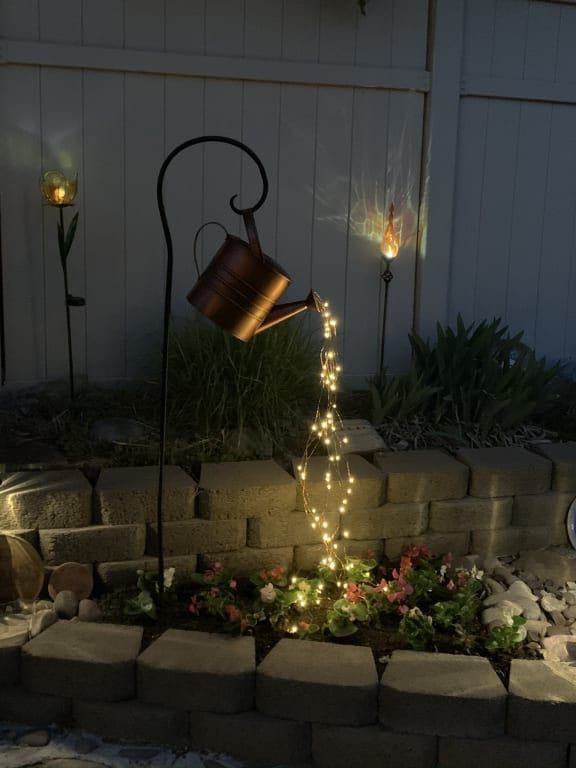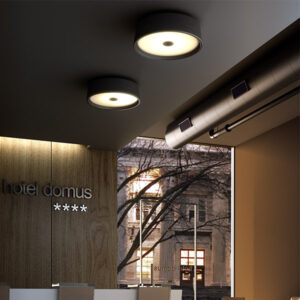
A well-lit ceiling evolves any space multifold. The light decides the theme, ambiance, and much more about the space. Not every space can be lit with chandeliers or focus lights. In this case, Profile Light In ceiling comes handy. They give huge scope for experiments and lighting up space according to the requirement.
Find here 10 new ideas of profile light in ceiling
Here Are Find 10 New Way To Light Up Profile Light In Ceiling
Keep reading here we are going to share with you new ways of light up your profile light in ceiling. And if you have a balcony or a small balcony in your home and you are searching for simple ways of that how you can decorate your balcony in easy ways you can also check out our latest article about small balcony decor ideas.
1. Modern Criss Cross Pattern On Roof
Cove lights on False Ceiling are very commonplace. Now direct Surface profiles are installed on the roof which gives a better appearance and looks on the roof.
2. Heart Beat Pattern on The Roof
Such designs and patterns can be installed on the roof of the false ceiling of conference rooms and offices. Also one can install logos and patterns with these profile lights to give that effect.
3. Light Up Your Alley
The gallery of the hallway can be given a new modern and minimalistic look with such profile lights that run from the ceiling to the sides. Installed on drywalls and ceilings, such lights are great at a minimalistic appearance.
4. Plain And Simple Profile Design
If one wants to keep the ceiling effect clean and minimal, one can have an ambient light effect using profile lights.
5. Corner And Skirting Lighting Via Profile Lights
Corner Profiles are also used to give that element of design to the corners and skirtings.
6. Profile Lighting In Halls And Living Rooms
Here the profile runs along the bends of the floor, which adds a unique style to the design.
7. Profiling The Stairs
Here the profile lights are used both to add as a feature to the steps and also as a step lights. Make sure the steps are made of wood as this would allow for easier workmanship.
8. Cabinet Light Profiling
Profile lights are also used to give that backlighting effect in cabinets and shelves.
9. Cove Lighting Profiles
Profile lights are used to keep the cove lighting in place. We can use profile lights to give that directional lighting in the coves. This is specially used when the high lumen lighting in the coves is needed.
10. Keep The Strip Lights Intact
Ugly look due to non-installation of Cove lighting.
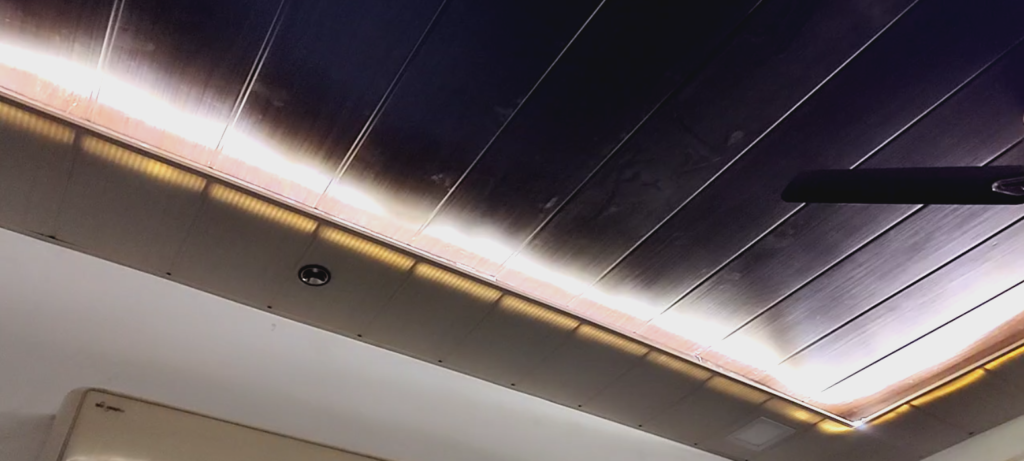
the right way to install profile in coves

Profile lights as seen here not only keeps the strip lights in place but also help in heat dissipation and provide an even glow. Many times when the strip light is installed directly one can see the light dots which look ugly. This is especially a problem when the paint used is shiny or PVC panel is used in roof false ceiling.
What Are Profile Lights?
Profile lights come in various sizes and are made of the aluminum casing. Aluminum being a good conductor of heat releases the heat emitted by the LEDs which are placed inside them.
Inside these casings, we place LED strip lights which come in various sizes and Lumens. Typically 12v LED comes in white, warm white, and Natural white color and in 60/120/180/240, etc LEDs per/m grade. As per the LED placed, you need to have drivers attached to them. See this Chart for reference.
Low Cost – More Designs
Typical false ceiling designs that use cove lighting need a lot of workmanship. Hence comes with increased cost. Profile lights can be cut and placed very easily and hence require much less workmanship.
Circular designs and patterns
One can use prefabricated circular rings or use Neon Flex lighting for those rounded and circular design patterns.
Profile Light Can Be Used To Give That Unique Element To Your Walls.
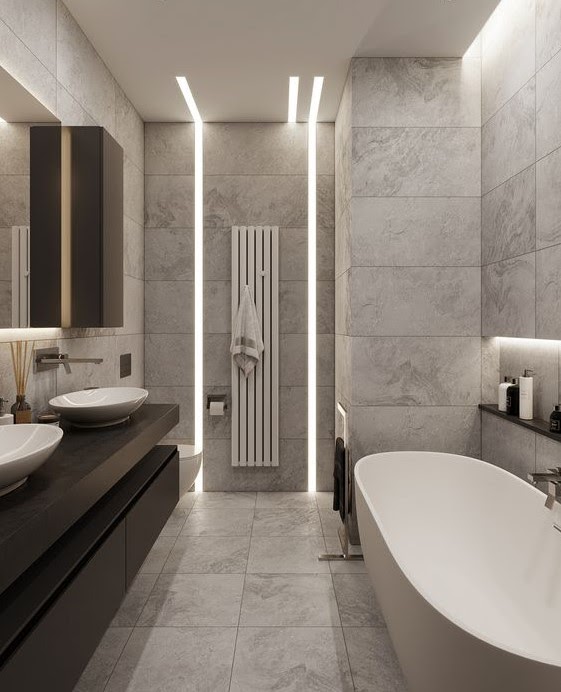
Thin Profile lights are very good in giving multiple lines and crossing curves. Thick profiles are used when lighting needed is high and ambient lighting purpose needs to be solved using them.
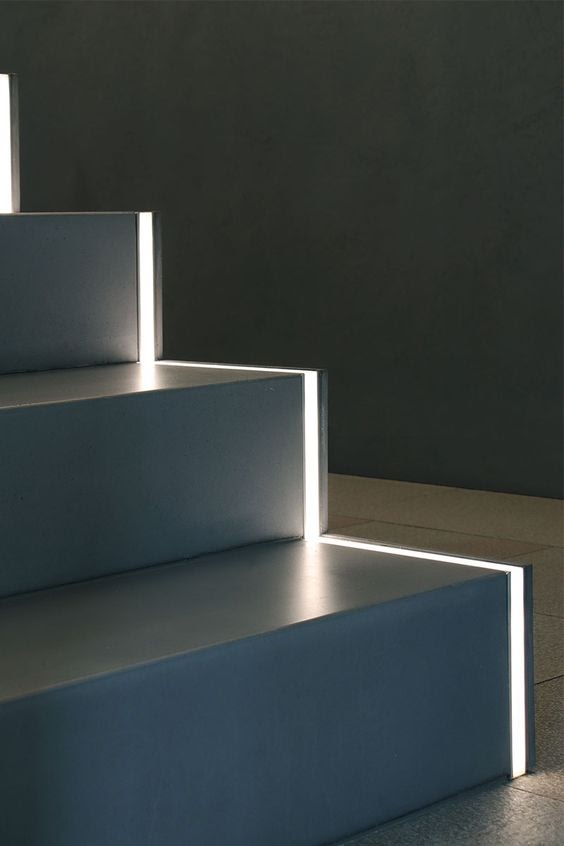
Also, like here, could be used as a custom designed step light or foot lights.
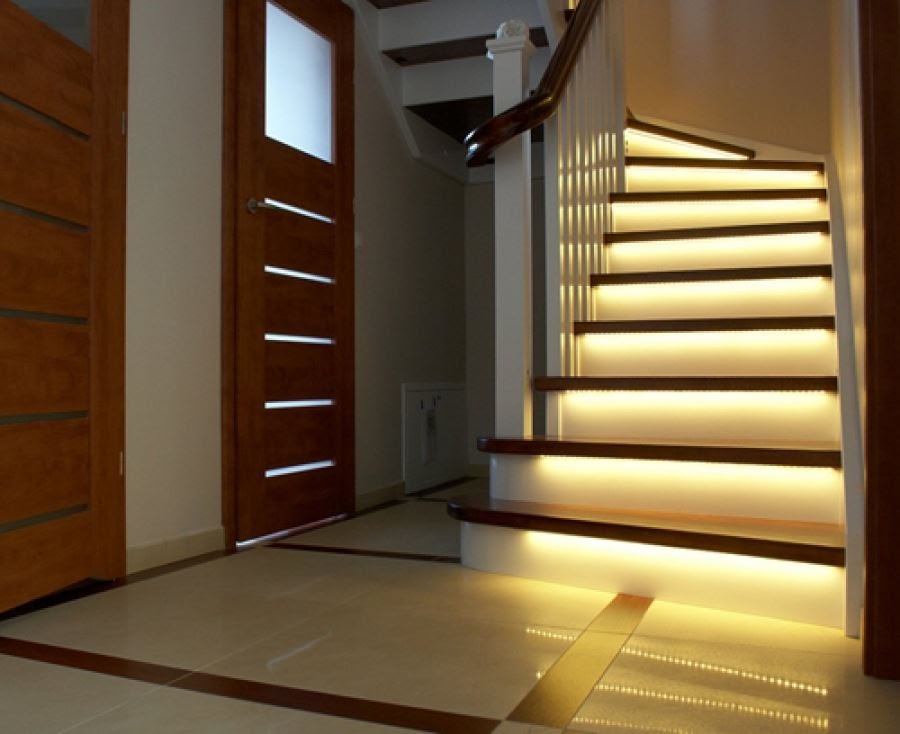
Profile lights are very versatile and can be used to give your design ideas a rich feel.
Things To Avoid While Using Profile Lights In False Ceiling
- Profiles can be installed only when you have the ability to cut the False Ceiling or Drywall. One must take the sample of the profile to cut it accurately first.
- Since strip lights are installed inside the profiles, workmanship should be able to hold the strip lights on site.
- Profiles come in two types i.e Surface and Conceal. That is one that has a small collar protruding and the other that does not. Based on design and site requirements one should choose.
- While fixing profile lights with screws inside, you should use SDS screws. This will keep the surface plain for strip light installation.
- One can use an adhesive compound while installing strip lights to keep them fixed.
- LED drivers take a lot of space depending upon the size and type of strip light, one should make a provision for that beforehand.
- These profiles can be bent and broken easily so one should keep them safe on-site where it does not come in contact with the workman.
- Even in cove lighting, one should use profile lighting to give that even lighting. Using strip lights directly wears off the lights and hence can damage them.
To buy profile lights click here
Our website has been reviewed and approved by designerlistings.org (Interior Design Listings)


